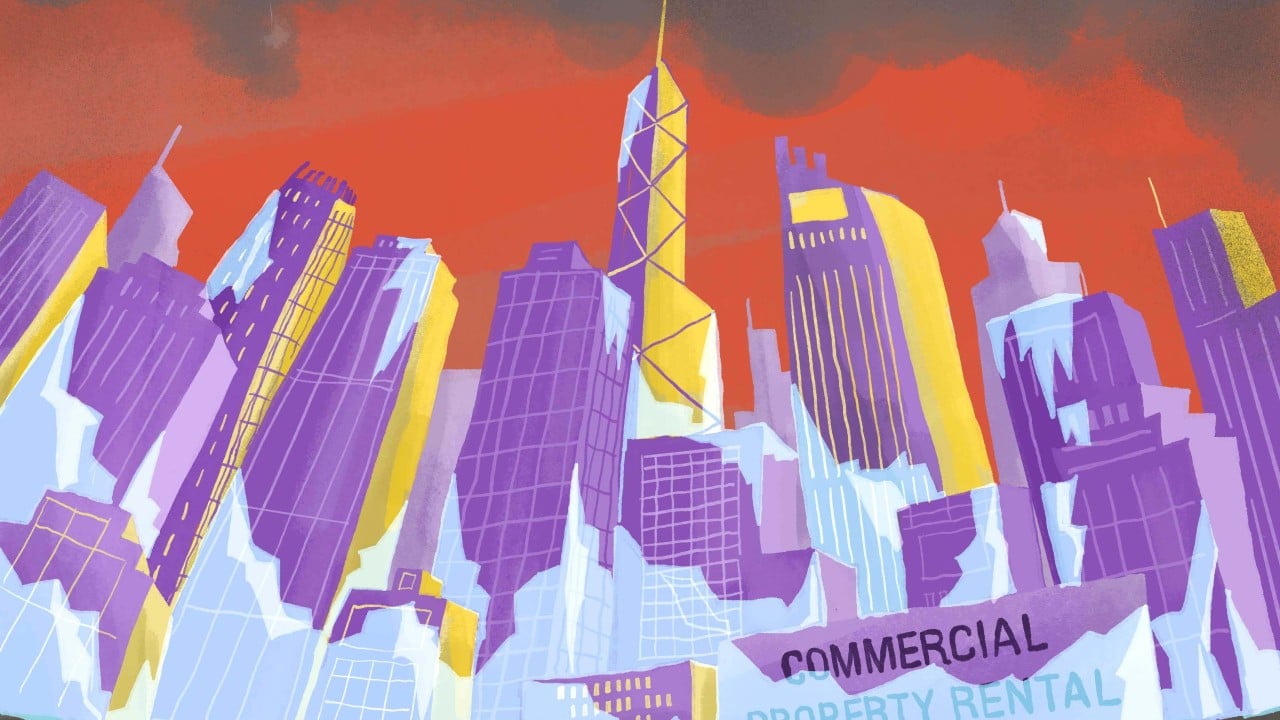In the second instalment of our two-part series on Hong Kong’s beleaguered property market, analysts explore why this slump is different from past downturns. The first instalment discussed how the resurgence of the city’s stock market as a venue for initial public offerings could boost office uptake and ease developers’ pain.
Advertisement
Swiss bank UBS got a steal in 2003 when it leased 146,000 sq ft across six floors in Two International Finance Centre – then the tallest building in Hong Kong – for less than HK$20 (US$2.55) per square foot. The landlords, MTR Corp and a consortium led by Sun Hung Kai Properties, signed the 10-year agreement as the outbreak of severe acute respiratory syndrome (Sars) was ravaging an already weak market.
Fast-forward a decade, and UBS had to pay five times more to extend the lease, thanks to a booming office market amid a blazing-hot economy.
Property owners trying to ride out the current slump in the city’s commercial property market may find such tales comforting. However, history does not seem likely to repeat itself this time, according to analysts.
“Hong Kong real estate for about 20 to 25 years was one way – up – with past crises like the 1997-1998 and 2008 financial crises and Sars in 2003 affecting the sector like a blip,” said Goodwin Gaw, chairman and co-founder of Gaw Capital, a Hong Kong-based private-equity firm with a focus on real estate.
Advertisement
The current slump breaks that paradigm.
“This downturn presents challenges unlike any seen since the 1990s,” said Henry Chan, a commercial real estate economist at Capital Economics. “The market is grappling with simultaneous structural and cyclical headwinds, leading to a prolonged decline in property values. A return to the peak levels seen in 2018 seems improbable within the next decade.”

